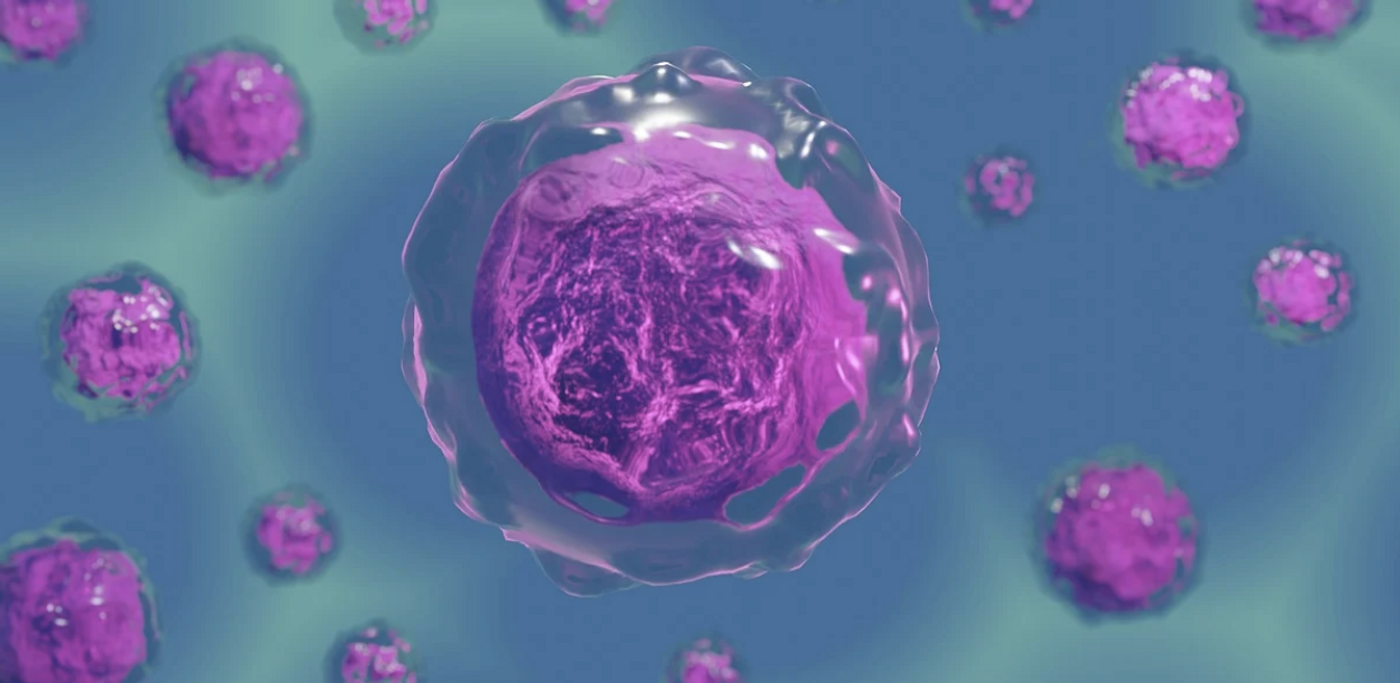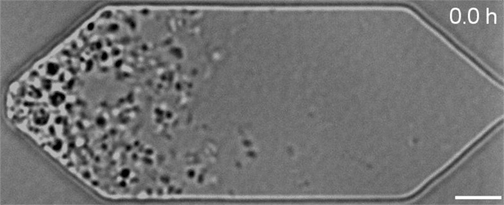A Synthetic Cell That Grows and Divides Like a Natural One
Scientists at the J Craig Venter Institute (JCVI) have been tinkering with the building blocks of biology for a long time. In 2008 they created a small bacterial genome based on a simple bacterium called Mycoplasma. By 2010 they were able to take the genetic material out of a cell and replace it with this synthetic genome, which could maintain the cell. This very simple microbe had a very small genome, and while it could live and divide, the sizes and shapes of its daughter cells were highly varied.
Over the next several years the researchers spent time refining the synthetic cells they'd created; stripping them down to the minimal components and then adding some back in to ensure cell division occurs normally. The scientists spent years experimenting with various genes and using stop motion video to observe how those genetic additions and subtractions impacted cell division in the resulting microbes.
Now a team of scientists from JCVI, the National Institute of Standards and Technology (NIST), and the Massachusetts Institute of Technology Center for Bits and Atoms have found seven genes that, when added to the synthetic organism's genome, made its daughter cells uniform. The findings have been reported in Cell.
A time-lapse of the synthetic cells growing and dividing under a light microscope.
Now that scientists have improved these microbes, they might be more useful as tiny factories that can produce important or expensive compounds like drugs or fuels. They might also one day become diagnostic tools or miniature computers. To do so, they have to be engineered correctly.
"We want to understand the fundamental design rules of life," said study co-author Elizabeth Strychalski, leader of NIST's Cellular Engineering Group. "If this cell can help us to discover and understand those rules, then we're off to the races."
The new synthetic cell is called JCVI-syn3A, and its genome contains fewer than 500 genes. (Human cells carry at least 20,000 genes, and the E. coli bacterium has around 4,000.)
There is still a lot more work to be done; while scientists determined that the seven genes would enable the cell to replicate and grow normally, they are not sure what five of the seven genes do.
"Life is still a black box," Strychalski said. But with this simplified synthetic cell, scientists are getting a good look at what's going on inside.
Sources: AAAS/Eurekalert! via National Institute of Standards and Technology (NIST), Cell










